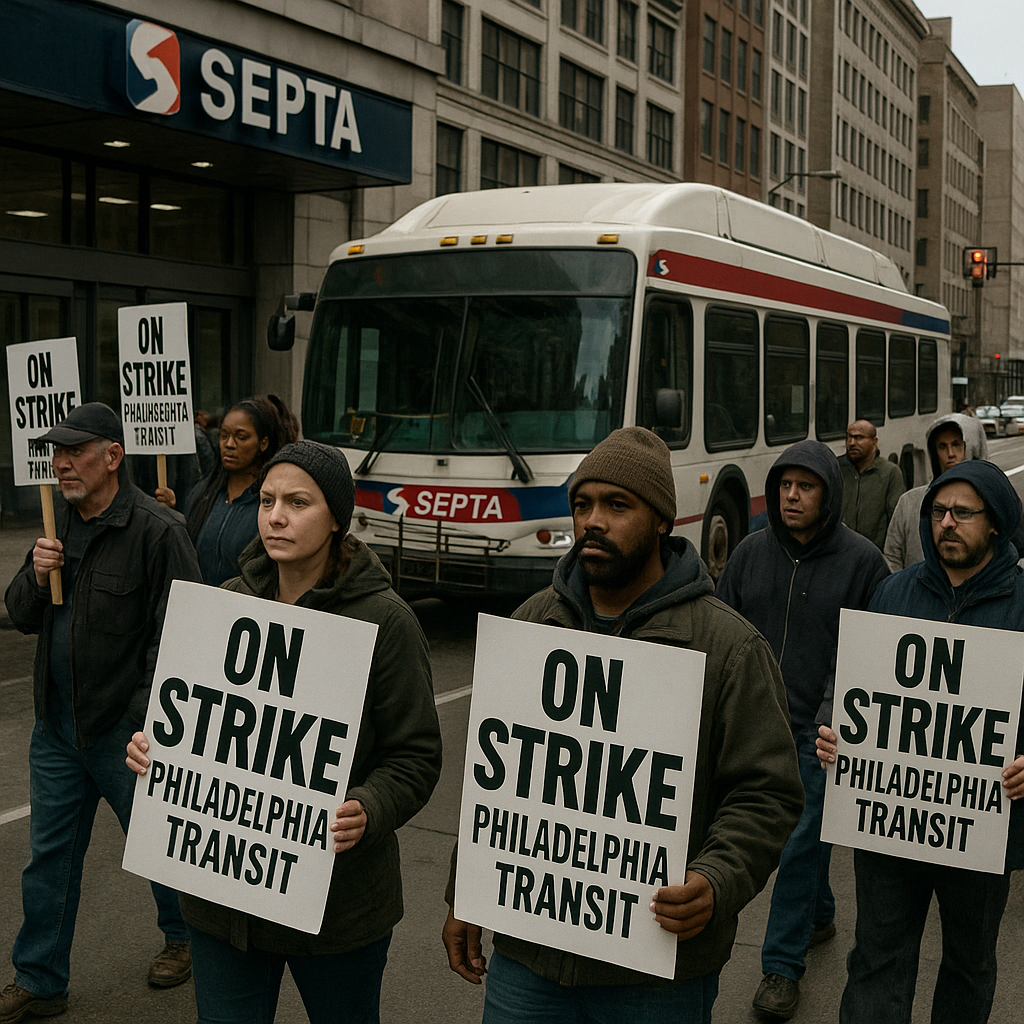In August 1944, Philadelphia was brought to a standstill—not by war, but by a battle over race and power. The Philadelphia Transit Strike, which lasted from August 1 to August 6, was a six-day walkout by white transit workers furious over the integration of Black men into motorman positions.
⚡ Background: War and Workforce Shifts
During World War II, industries across America faced labor shortages. To address this, the federal government began pushing for the integration of previously segregated jobs. In July 1944, under pressure from civil rights groups and the Fair Employment Practices Committee (FEPC), the Philadelphia Transportation Company (PTC) started training eight Black workers for roles as streetcar motormen—a position previously reserved for white employees only.
🚫 White Resistance and Walkout
Outraged, members of the white transit union staged a mass walkout on August 1, 1944. The city’s transit system shut down almost overnight—buses, trolleys, and subways all came to a halt. Over two million people were affected, including war workers and military personnel vital to the war effort.
💥 Federal Government Steps In
President Franklin D. Roosevelt saw the strike as a threat to national defense. Invoking the Smith–Connally Act, he ordered federal troops to seize control of the transit system on August 3. Army soldiers operated the system and threatened to revoke draft exemptions for the strikers if they didn’t return to work. The strike collapsed by August 6.
“This is not merely a racial issue—it is a national security issue.” – War Department official, 1944
📌 Legacy of the 1944 Transit Strike
The Philadelphia Transit Strike highlighted the tension between civil rights and white labor interests in the 1940s. While the strikers failed to stop integration, the event exposed deep-seated racism within northern cities and set the stage for future civil rights activism in the workplace.
By the end of the strike, Black workers had earned their place in the transit system, but the fight for racial equity in employment was far from over.
Remember the strike not just as a labor conflict, but as a moment of resistance, progress, and federal accountability.


